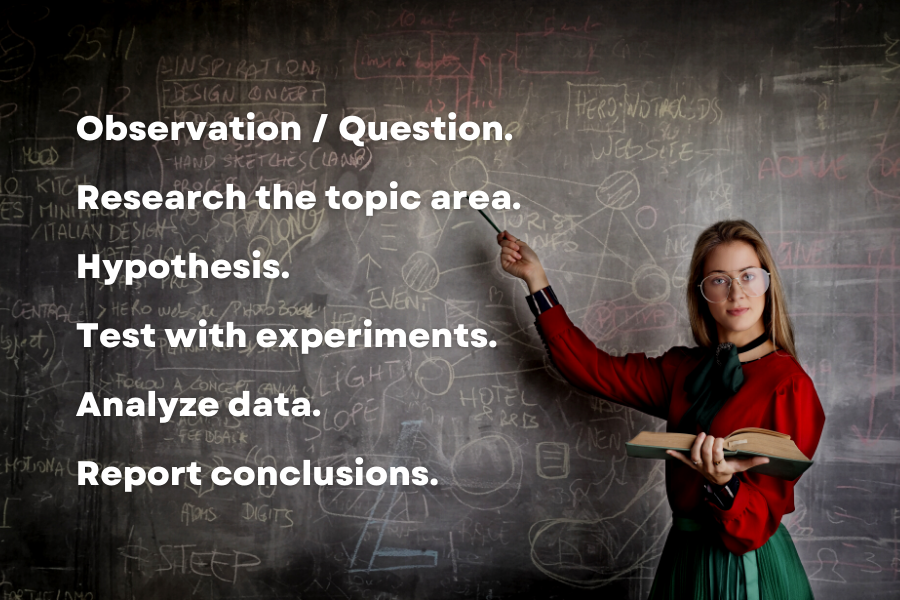Based on Merriam-Webster “problem solving is the process or act of finding a solution to a problem.” We all face problems in life. However, the problem solving process is different for everyone. Some people confront the problem head on and find a solution. Others might try to ignore it or hope it goes away. Still others may never even acknowledge there is a problem in the first place.
Problem Solving in the Business World
The business world is a place with constant problems, and to be successful, it is important for a business to be able to solve those problems. Some of the most common problems businesses deal with include schedule conflicts, product issues, management, peers, infrastructure, communication, and customers.
One of the major reasons that businesses often fail is because they are unable to solve these major problems. In order to avert this fate, there are a few things that need to be done in order to stay afloat. Perhaps the most important step is identifying the problems.
Various Problem Solving Processes
There are various problem solving processes that are available, and following the table below, it shows the approaches from a three step to eight step. The table represents excellent references in problem solving. Generally, there are three main steps to solving any problem: identifying the problem, brainstorming possible solutions, and implementing a solution. This is one of the easiest and simplest approaches to solving any problem or it can be most basic framework to the other approaches.

In my opinion, no matter what approach you take, the most important thing to solve a problem is having the right attitude through the entire problem solving process. Attitude is known to control our mindset in how we take on problems, which can be seen as either difficult or easy depending on the person’s level of optimism.
Problem solving is a difficult process, especially when dealing with more complex problems. It is important to approach problems with a positive attitude in order to resolve the problem in a timely and efficient manner. If you have a negative attitude, it will likely inhibit problem solving by creating unhappy coworkers and making the situation worse.
Negative Thinking and Problem Solving
Negative thinking has been shown to have impacts on physical, mental, and emotional health. A study found that people who were exposed to a negative event had a higher chance of developing stress-related symptoms such as fatigue, headaches, and difficulty sleeping. Negative thoughts can also lead to people feeling anxious about the future, which may cause them to put less effort into whatever they are doing, or may even distract them entirely from their goals.
Positive attitude is important for success. Career success, marriage success, and more are all reliant on positive attitude. In this case, it helps with the success for problem solving. Positive attitude can be attained by practicing positive thinking.
A positive attitude allows you to overcome roadblocks easily. You are better at focusing on finding solutions, don’t procrastinate, and avoiding unnecessary distractions to resolve the problem. A thought process that is encouraging and accepting of mistakes or setbacks is essential.
Problem Solving Approaches
Somehow, problem solving approaches reminds me of the ‘scientific method’ I taught my students in high school. This is a method of acquiring knowledge, in this case solving problems. There are many interpretations of the scientific method. Generally, it consists of:
- Observation / Question. This is when you observe and question on something you are curious about.
- Research the topic area. Understand the topic further.
- Hypothesis. Make an educated guess of possible questions or scenarios.
- Test with experiments. Test out the hypothesis to see the different outcomes.
- Analyze data. Analyze the data collected from the experiments.
- Report conclusions. From the data analyzed, report out which is the favourable results or action to be taken.

The following table represents different approaches to solving some common problems. I would suggest that you understand the different approaches, try them out and see which approach best fits you.
| Type | Steps | Reference |
|---|---|---|
| 3 Step | 1. Define the problem. 2. Brainstorm possible solutions. 3. Implement a solution. | The 3-Step Problem Solving Cycle |
| 4 Step | 1. Understand the Problem. 2. Devise a Plan. 3. Carry Out The Plan. 4. Look Back (Check and Interpret). | George Polya 4-Step Process |
| 5 Step | 1. Pin the Problem. 2. Identify the Issues. 3. Generate Hypotheses and Prioritize Proving Them. 4. Conduct Your Analysis. 5. Advance Your Answer. | 5 Steps to Solving Problems With Your Problem Solving |
| 6 Step | 1. Define the Problem. 2. Identify the Causes of the Problem. 3. Brainstorm Possible Solutions. 4. Select the Best Solutions. 5. Implement the Plan. 6. Follow-Up, Evaluate, and Monitor Progress. | Six-Step Problem-Solving Process |
| 7 Step | 1. Find the Right Problems to Solve. 2. Define the Problem. 3. Analyse the Problem. 4. Develop Opportunities. 5. Select the Best Solution. 6. Implement. 7. Evaluate and Learn. | 7 Problem Solving Steps |
| 8 Step | 1. Define the Problem. 2. Clarify the Problem. 3. Define the Goals. 4. Identify Root Cause of the Problem. 5. Develop Action Plan. 6. Execute Action Plan. 7. Evaluate the Results. 8. Continuously Improve. | 8-Step Problem Solving Process |
Finally, one of the most important aspects of problem solving is to remain positive. It can be difficult to stay positive in the midst of a storm, but it’s necessary. Historically, many highly successful people have been successful because they stayed positive even when things were going poorly.



